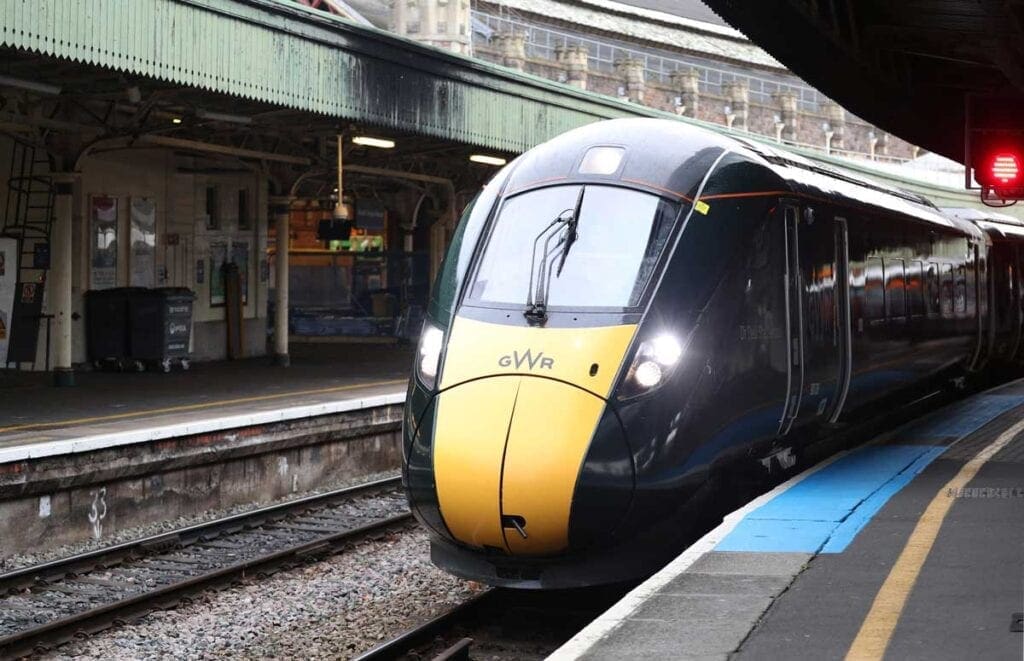
Trains with cracks are to re-enter service after the rail industry assessed that the fault does not pose a safety risk.
Services on large parts of the network have been disrupted since Saturday after cracks were discovered in part of the chassis of several trains.
Related articles
- Government calls on operators to urgently resolve train cracks disruption
- Train firm slammed for ‘cynical’ fake bonus email in cybersecurity exercise
- HS2 launches first giant tunnelling machine
Manufacturer Hitachi, train operators and the Government have agreed a plan to reintroduce more Class 800 and 385 trains.
Industry body the Rail Delivery Group (RDG) said engineers and independent experts have “completed rigorous tests and research” to get a “clearer understanding of the cracking issue”.
An industry source has said the investigation concluded that the cracks on lifting points – which allow carriages to be raised during maintenance work – do not stop trains from operating safely.
The RDG said trains will only re-enter service following “thorough inspections by specialist teams”.
The announcement means LNER and Great Western Railway (GWR) will be able to ramp up services.
The service recovery plan has been overseen by regulator the Office of Rail and Road.
HM Chief Inspector of Railways Ian Prosser said the organisation will continue to “provide the rigorous oversight needed to make sure the right checks are being carried out”.
Andrew Barr, group chief executive of Hitachi’s rail division, insisted that “safety remains our number one priority”, adding that “we and our partners have worked round the clock to agree an approach that allows the return of trains to service where they have been deemed safe”.
GWR said the announcement means it can run “some additional services” on Thursday and introduce “more consistent robust timetables” after the weekend.
LNER said the return of its Class 800 Azuma trains will also not begin until next week.


